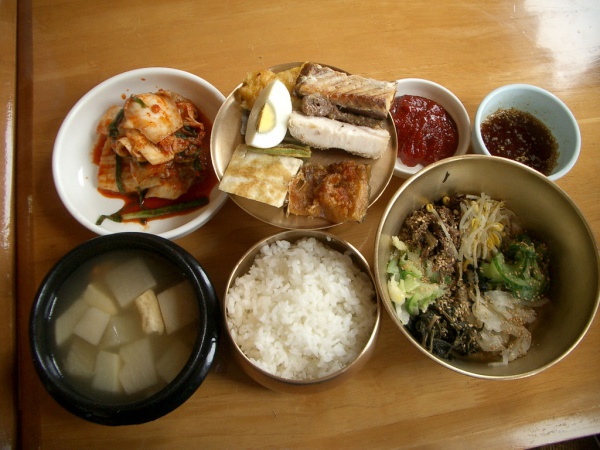Facts About Heotjesatbap
"Heotjesatbap" offers a delightful twist on the classic Korean dish, bibimbap. While bibimbap traditionally features gochujang (a spicy red chili paste), Heotjesatbap replaces it with soy sauce, providing a unique flavor profile. This dish includes a mix of seasoned vegetables (called namul) served over white rice, accompanied by grilled fish and jeon, which are pan-fried battered foods.
The name "Heotjesatbap" translates to "mock jesa meal." Jesa is a traditional Korean ceremony in which families prepare and offer food and drinks to honor their ancestors on death anniversaries. These offerings are arranged in a specific order, and after a period of ritual, the family eats the food together, symbolizing a connection with their departed loved ones.
Heotjesatbap has its origins in Andong, a region in Gyeongsangbuk-do, dating back to the Joseon Dynasty. During this period, scholars known as seonbi faced food shortages and created ceremonial foods for "mock" jesa. These dishes were termed "mock" because they were meant to be eaten rather than used in actual jesa ceremonies.
This dish was a popular late-night snack for scholars burning the midnight oil. Today, Heotjesatbap is cherished not only for its taste but also for its cultural significance, reflecting the blend of tradition, practicality, and culinary creativity in Korean cuisine.

 North Korea
North Korea